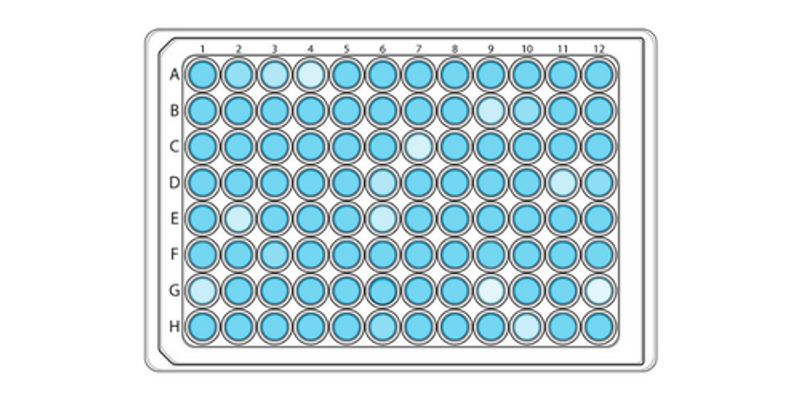Diagnostic Assays
Diagnostic assays are medical tests performed to diagnose a disease or illness or detect risk factors that would predispose an individual to a disease. More recently with the advances in personalized medicine, diagnostic assays have been used to determine the best course of treatment for an individual based on specific markers and characteristics.
-
Technological advances in high throughput, low cost DNA sequencing coupled with the availability of a high quality reference assembly allow us to interrogate the genome with greater precision...
MAR 10, 2015 | 9:00 AM
DATE: Tuesday, March 10, 2015 TIME: 09:00 PST, 11:00 CST, 12:00 EST, 16:00 GMTThe International Myeloma Working Group (IMWG) has issued updated criteria for the diagnosis of multiple...
Soiled-bedding sentinels are not always efficient in detecting pathogens in rodent colonies. In this context, PCR-based testing can be more sensitive and is being advocated as adjunct to trad...
Speaker:
Mathias Leblanc, DVM, PhD, DES, DACLAM
Presented at: Laboratory Animal Sciences Virtual Event Series 2015
Contemporary serologic testing has revolutionized the field of celiac disease. Highly accurate serologic assays have shown the prevalence of celiac disease to be nearly 1:100 in many populat...
Speaker:
Daniel Leffler, MD, MS and Jack Maggiore, PhD
Sponsored By: Inova Diagnostics,
Inova Diagnostics
OCT 29, 2014 | 3:00 PM
Survival rates for early stage non-small cell lung cancer (NSCLC) remain unacceptably low compared to other common solid tumors. This mortality reflects a weakness in conventional staging, as...
Speaker:
Michael J Mann, MD
OCT 29, 2014 | 7:30 AM
Next-generation sequencing (NGS) has revolutionized extraction of genomic information, facilitating rapid advances in the fields of clinical research and molecular diagnostics. However, c...
Speaker:
Vikram Devgan, PhD, MBA
The effective implementation of personalised cancer therapeutic regimens depends on the successful identification and translation of informative biomarkers to aid clinical decision-making. An...
Speaker:
Darran O'Connor, PhD
In this webinar, we will describe a comprehensive approach for NGS-based marker discovery and the successful migration of these markers to targeted NGS assays using low-quality (FFPE) and low...
AUG 21, 2014 | 8:45 AM
With advances in next-generation sequencing, whole-exome and genome sequencing (WGES) is now accessible as a tool in many applications. In the clinical setting, WGES is proving to be very val...
AUG 20, 2014 | 10:45 AM
A recent publication in Nature Genetics1 analyzed TCGA data, and classified solid tumors into two mutually exclusive classes: C class tumors, driven by copy number alterations; and M class tu...
AUG 20, 2014 | 8:30 AM
Next-generation sequencing (NGS) has revolutionized extraction of genomic information, facilitating rapid advances in the fields of clinical research and molecular diagnostics. However, c...
JUN 26, 2014 | 10:00 AM
Serology testing continues to be an indispensable tool for the management of several disease states, especially treponemal screening to monitor syphilis infection in the US. Come to this edu...
Laboratory assessment of serum lipid and lipoprotein levels is essential for the management of the risk of atherothrombotic cardiovascular disease (CVD). Traditionally, this has involved the...
Speaker:
David R Sullivan, MBBS, FRACP, FRCPA
Clinical networks link groups of professionals and organisations from primary, secondary and tertiary care, shifting emphasis from institutional to patient needs and outcomes. One of the main...
Speaker:
Rosy Tirimacco BSc
Bone turnover markers (BTM) are biological markers of bone remodeling (turnover). The entire skeleton is replaced every 10 years by remodeling, a process constantly going on at different phas...
Speaker:
Paul D Miller, MD























